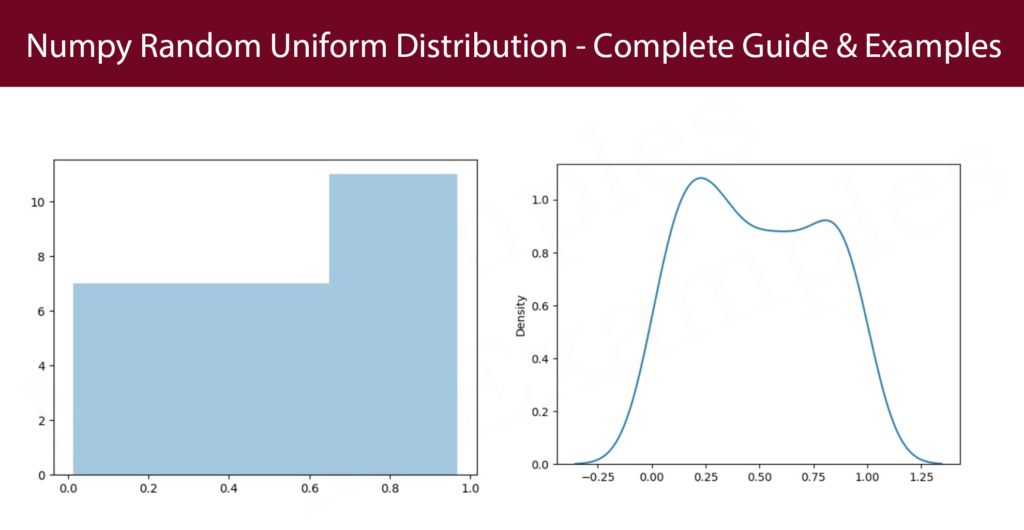Understanding Uniform Distribution In Numpy Random
In this article, we’ll take a closer look at the NumPy random uniform distribution and how to use it in your Python programs.

NumPy Random Uniform Distribution
The Numpy random uniform represents a distribution where each event has a fair chance of appearing.
Random number creation, for example.
There are three parameters that make up this function:
| Parameters | Overview |
| a | The lower bound of the range – by default it is zero. |
| b | An upper bound – 1.0 is the default number. |
| size | This is how the array will be constructed when it is retrieved. |
NumPy random uniform can be useful for many different applications, such as generating random data for testing and simulation, or for creating randomized inputs for machine learning models.
Let’s look at some examples of how to use NumPy random uniform.
Make a five-by-two uniform distribution of the data as follows:
Example:
In a three-by-three uniform distribution, arrange the numbers as follows:
Example:
Visualization of Uniform Distribution
Visualizing the uniform distribution can help us understand how it works and how it can be used in various applications.
Uniform Distribution Implementation:
Example:
Below example shows the histogram representation of Uniform Distribution:
